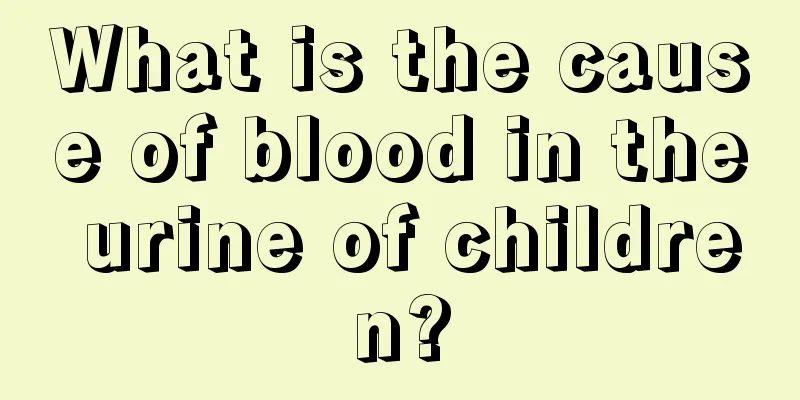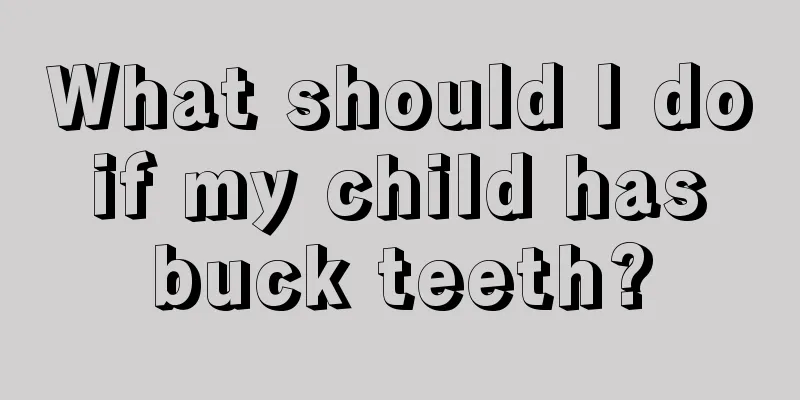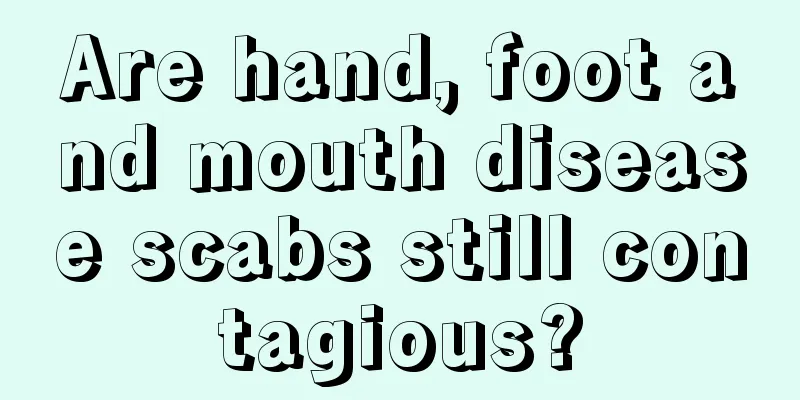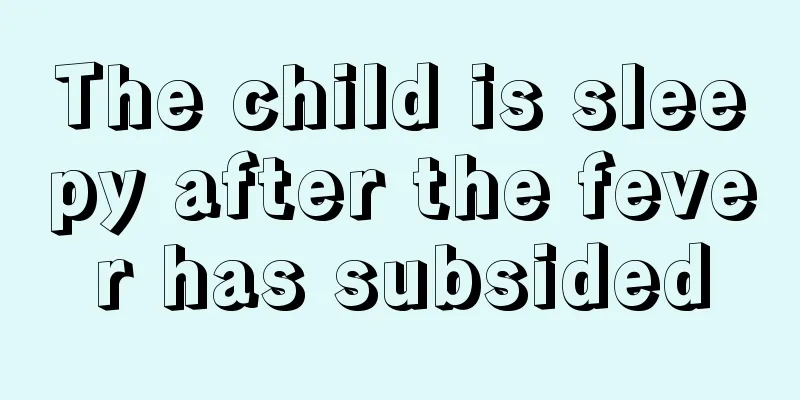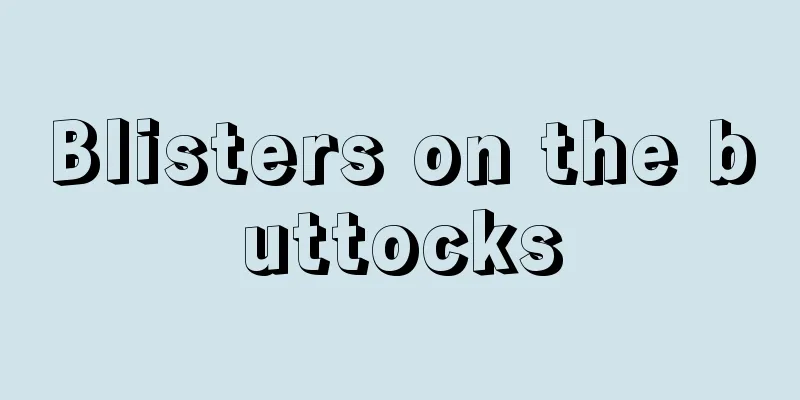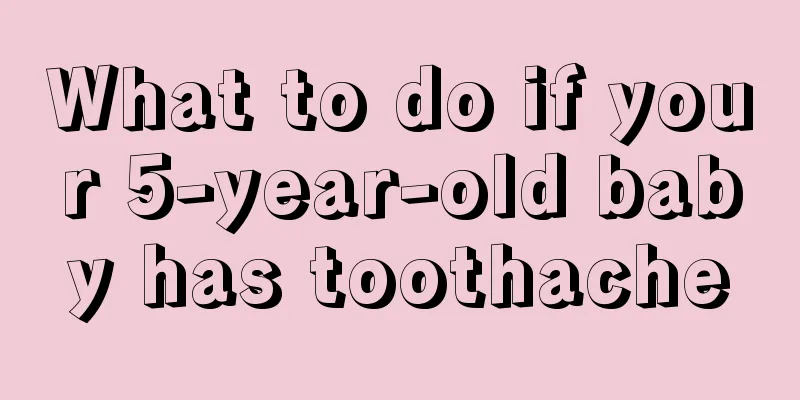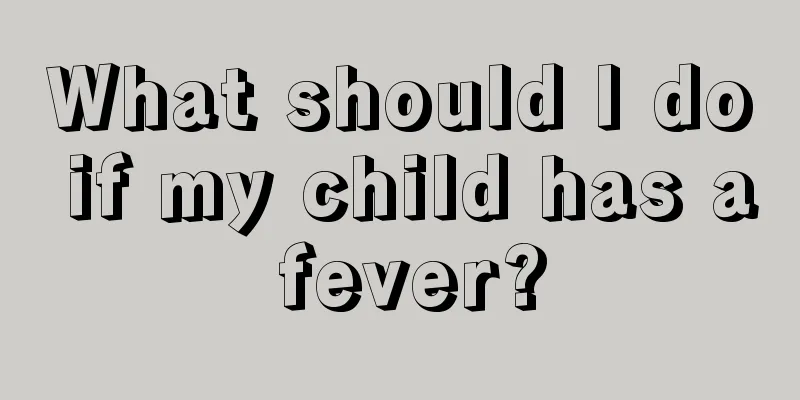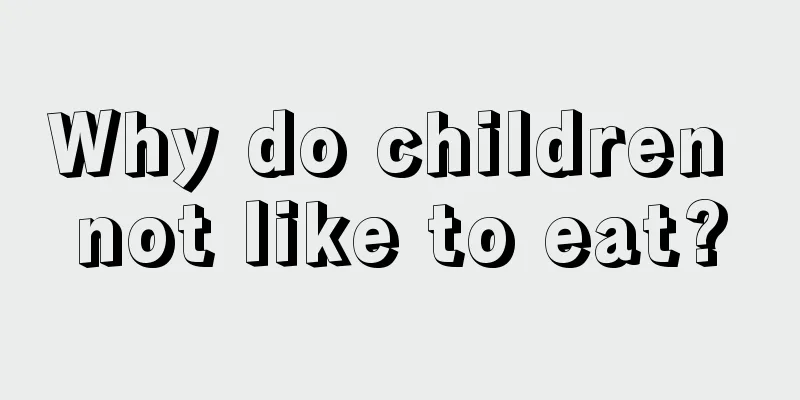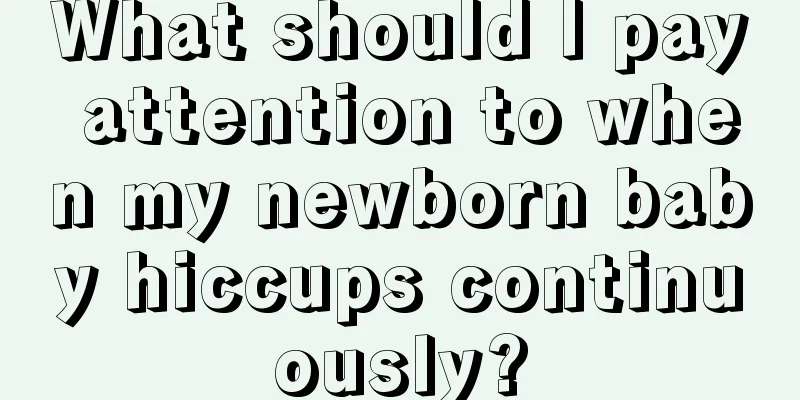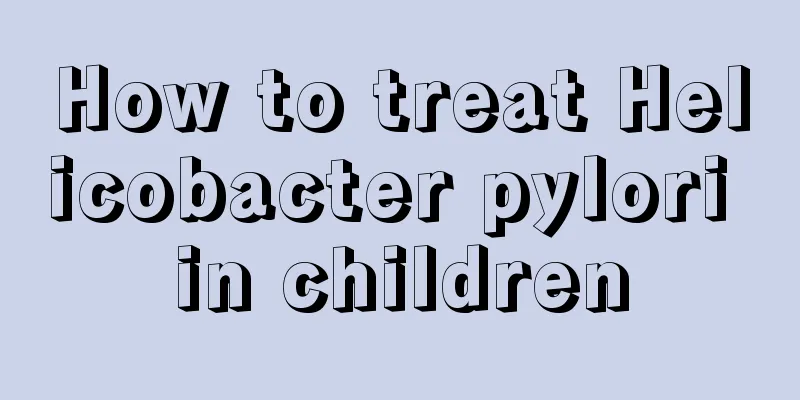What is the best treatment for sinusitis in children?
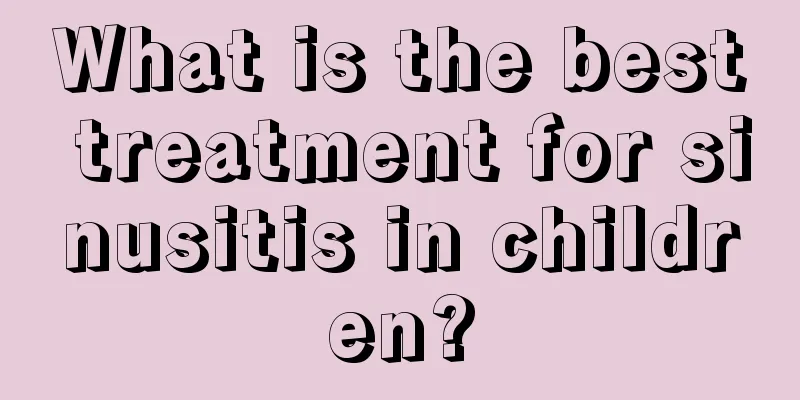
|
Children may also be harmed by sinusitis problems. It is recommended to take conservative treatment as the main approach, pay attention to keeping the children warm, and help them enhance their body's immunity. At the same time, pay attention to surgical treatment if conservative treatment is ineffective. 1. Mainly use conservative treatment, pay attention to keeping children warm, enhance the body's immunity, and use antibiotics and local steroid hormones. Surgery is generally not recommended unless there are serious complications. Antibiotics should be used reasonably and in sufficient quantities to control infection. The course of treatment is generally 7 to 12 days, and can be used in conjunction with drugs to dilute secretions. In the acute phase, moist hot compresses, physical therapy, local application of vasoconstrictors, nasal steam inhalation, etc. are given. Apply 0.5% ephedrine nasal drops into the nose to facilitate drainage. In addition, the treatment of allergic rhinitis cannot be ignored. Stopping medication too early can result in incomplete treatment and turn the condition into a chronic condition. Low-concentration vasoconstrictors and glucocorticoid sprays are used in the nasal cavity to facilitate nasal ventilation and sinus drainage. And you should pay attention to rest and give nutritious and easily digestible food. 2. Maxillary sinus puncture , irrigation and injection are also effective methods for treating maxillary sinusitis in children. Since most children are uncooperative, a catheter can be placed in the sinus cavity through the needle core after the first successful puncture, and the exposed part can be fixed on the skin surface to facilitate repeated flushing. The retention time should generally not exceed 1 week. Because the position of the maxillary sinus in children is higher than that of the inferior nasal meatus, the direction of the puncture needle should be slightly upward and backward compared with that of adults, and the needle should be stopped after a breakthrough feeling is felt. Positive and negative pressure replacement is the most commonly used method for outpatient treatment of chronic sinusitis in children, but it requires the cooperation of children and rigorous operation of medical staff. It can be used during the period of regression of systemic symptoms of chronic sinusitis and acute sinusitis. It is used in young children because when they cry, the soft palate automatically rises to close the nasopharynx, so even if they do not make an "open, open" sound, the treatment requirements can be met. 3. Surgery should be considered only after systematic conservative treatment fails. Under strict control of the indications, intranasal fenestration, nasal polypectomy and functional endoscopic sinus surgery can be considered. Endoscopic sinus surgery is the preferred surgical method for adult sinusitis because it can preserve normal tissue structure to the greatest extent while removing lesions and reduce the adverse effects of surgery on facial development. It is currently also widely used in the treatment of pediatric sinusitis. Unlike adults, it should be noted that children's sinuses are relatively small, and the relationship between adjacent structures is also different from that of adults; surgical operations should be gentle and careful to reduce postoperative edema and adhesions; postoperative dressing changes require the cooperation of the child, and dressing changes must be performed under general anesthesia when necessary. Literature reports that the effectiveness of endoscopic sinus surgery is 75% to 90%. For patients with chronic sinusitis and adenoid hypertrophy, early adenoidectomy is recommended. Traditional surgical methods include tonsillectomy and limited nasal septum correction. |
<<: What milk powder should I drink if I am lactose intolerant? Tips for choosing milk powder
>>: What causes babies to spit up? Beware of three major factors!
Recommend
Causes and treatment suggestions for yellow watery diarrhea in newborns
Newborns are our fragile ones, and many things ca...
Can boys eat bird's nest?
Bird's nest is a daily food that is both beau...
Is it good for children to eat donkey-hide gelatin?
Donkey-hide gelatin is a very suitable tonic for ...
Baby's neck has red spots
As children grow up, they are prone to various ph...
What are the symptoms of hypothyroidism in children?
Hypothyroidism is also a disease, and this diseas...
Six-year-old child has a hole in his big tooth
If a six-year-old child has holes on his molars, ...
What to do if your child has dry lips
In autumn or winter, the weather will become very...
How to rub the belly of a child with constipation
Children's health is something that parents a...
What to do if your baby's eyelashes grow inward
The healthy growth of the baby is an issue that e...
Is it good for children to take Chinese medicine?
Many parents believe that Western medicines such ...
What nutrients can children take to grow taller?
With the development of the times, there is only ...
Early symptoms of thyroid disease in children
Children's thyroiditis has attracted the atte...
Redness and swelling of the lower eyelid in children
Redness and swelling of children's lower eyel...
What to do if your baby has a fever
After ten months of pregnancy, I finally waited f...
What should I pay attention to when my 1-year-old baby has bronchial pneumonia?
Bronchopneumonia in one-year-old babies is what w...
